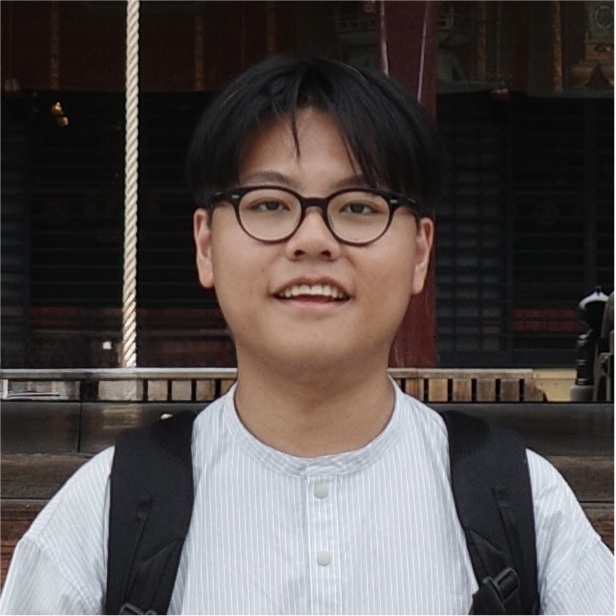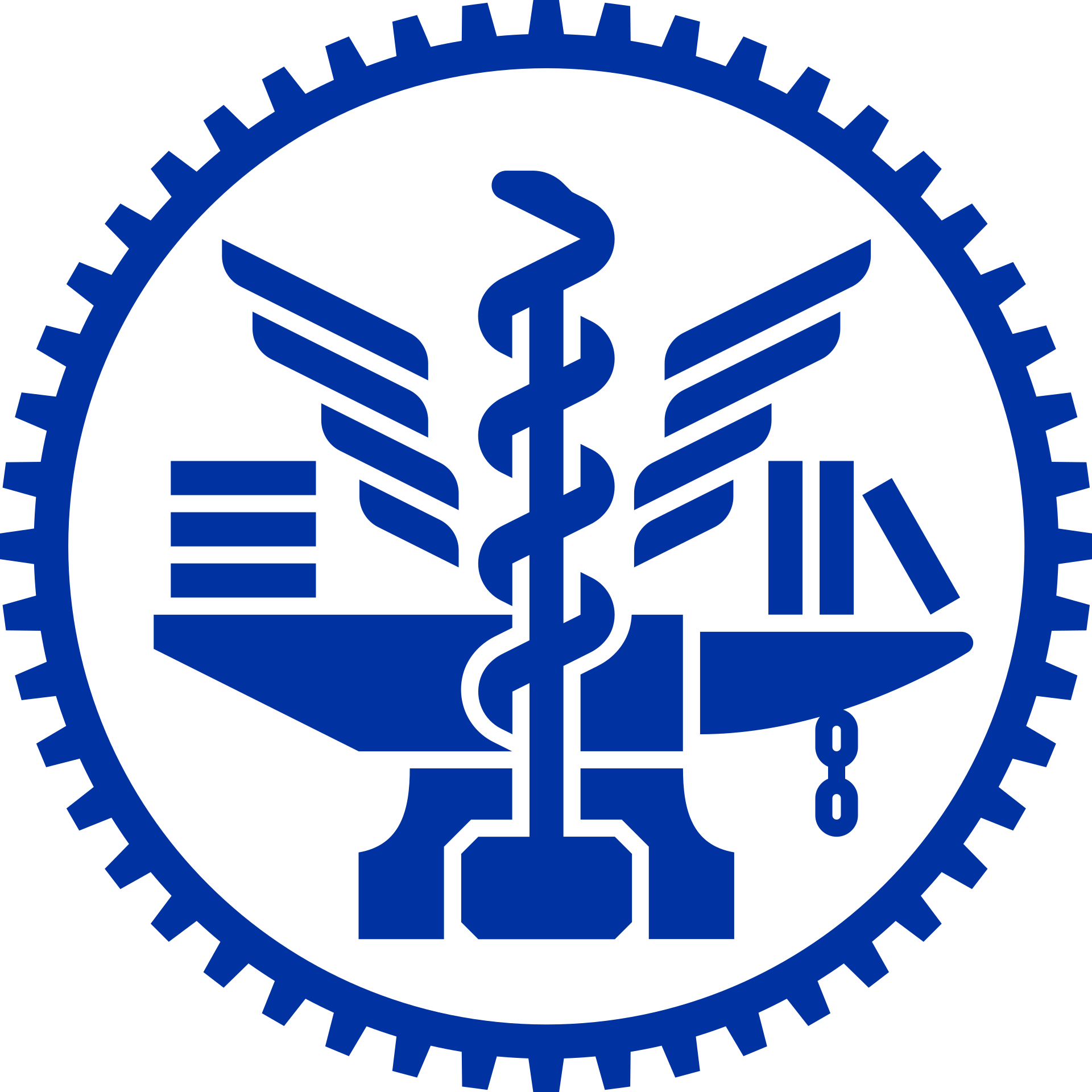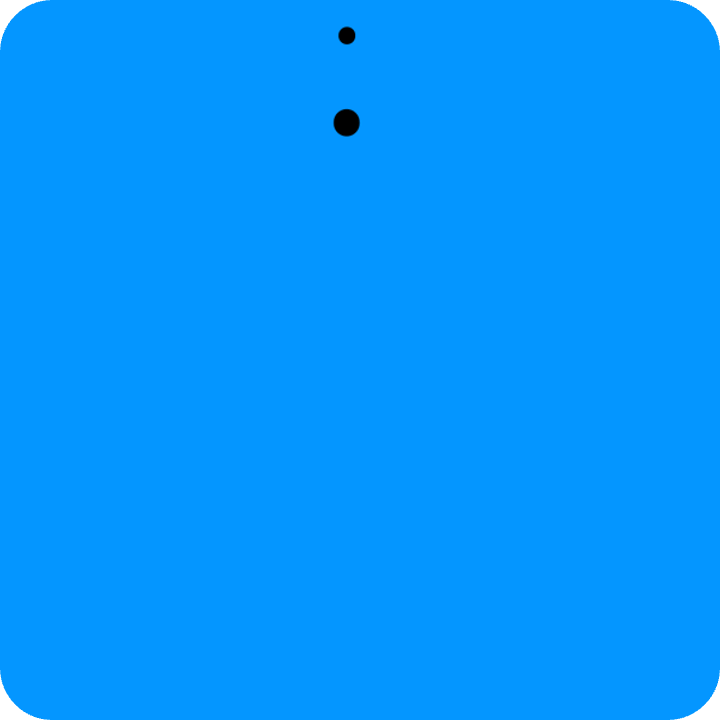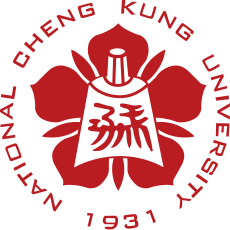Chin-Yang (John) Lin
|

|

NYCU Ph.D. Student 2023 - Present 
NVIDIA Research Intern 2026 - Present 
Logitech Imaging Engineer Intern 2024 - 2025 
HDMap Center Research Assistant 2022 - 2023 
NCKU B.S. in CS & Geomatics 2018 - 2023 |
News
|
ResearchMy research lies at the intersection of computer vision, machine learning, and 3D geometry. I focus on enabling machines to perceive and reconstruct the 3D world with efficiency, accuracy, robustness, and scalability, using learning-based methods that improve with data and computation. I am passionate about building real-time 3D reconstruction systems that generalize effectively in the real world. |
ProjectsMy projects span computer vision, robotics, and image processing, bridging theoretical research with practical applications across both academia and industry. I enjoy tackling challenging problems that require innovative solutions and have real-world impact. |
|
|
GPU IQ Enhancer
Imaging Engineering team Logitech, 2025 video Developed a GPU-based IQ enhancer for Logitech's new Conference Cameras Products (Rally Board 65), featuring real-time face crop, image quality improvement, and noise reduction. |
|
|
CUDA-ISP
Parallel Programming NYCU, 2024 code / report CUDA-ISP (Image Signal Processing) is a high-performance image processing pipeline designed for CUDA-enabled GPUs. |
|
|
Iris: Stereo camera localization in pre-build
pointcloud maps
POINT Lab & HDMap Center NCKU, 2023 code / video Stereo camera navigation in point cloud maps using ICP registration in challenging scenarios such as underground parking lots. |
|
|
Wrist-Worn IMU PDR Algorithm
POINT Lab & AIROHA Technology NCKU, 2023 code A wrist-worn IMU PDR algorithm. Utilizing VQF to compute IMU attitude, divided into three stages: Step Detection, Step Length Estimation, and Heading Estimation, enabling navigation with Wrist-Worn IMU worn by pedestrians. |
|
|
Industrial Robot Controler
Robotics Lab NCKU, 2022 code1 / code2 / video A ROS package for robot navigation and arm control. It is capable of recognizing and grasping objects, as well as navigating to any location on the map. |
|
|
Camera Navigation in Pre-build LiDAR Map
POINT Lab NCKU, 2022 code / video A real-time camera navigation algorithm in a pre-built LiDAR map, utilizing NDT for 3D point cloud registration, effectively reducing 65% of accumulated position error. |
|
Design and source code from Jon Barron's website. Last updated Nov 2025. |
